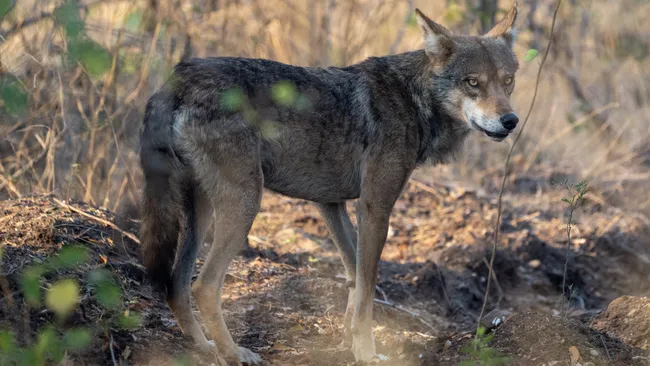Indian authorities believe wolves have killed 10 people in the Bahraich region of Uttar Pradesh in recent months, as fear and confusion grips local villages.
Authorities Search for Wolf Behind Attacks in Northern India
Indian authorities are on a mission to capture the last member of a wolf pack suspected of attacking children in northern India. With nine children and one adult reportedly killed in recent months in the Bahraich area of Uttar Pradesh, questions remain about the true nature of these attacks.
Overview of the Attacks
The attacks have been alarming, with reports indicating that wolves (Canis lupus pallipes) have taken children sleeping outdoors and even entered homes to drag victims from their beds. The Uttar Pradesh forest department has employed drones with thermal imaging and traps to catch five out of six wolves in the area, but one remains elusive, and reports of attacks continue.
Challenges in the Search
According to Akash Deep Badhawan, an officer in the Indian Forest Service, the search for the remaining wolf is complicated by the landscape, which includes sugar cane farms that provide ample cover. Additionally, other canid species living in the area can make identifying a single wolf difficult.
Theories Behind the Attacks
Speculation about the motives for the attacks includes claims that the wolves may be seeking “revenge” for harm to their pups. However, wildlife biologist Yadvendradev Jhala argues that wolves do not seek revenge. Instead, he suggests that this rare instance may involve a solitary canid preying on humans out of desperation.
Jhala explains that wolves typically do not hunt humans unless they lose their fear of people due to human interaction, such as feeding or keeping them as pets. He emphasizes that the vulnerability of Bahraich’s residents—many of whom live close to wildlife and lack proper housing—could lead wolves to perceive children as easy targets when food is scarce.
Historical Context
India has seen surges in wolf attacks in the past. Notably, 13 children died in suspected wolf attacks in Bihar between 1981 and 1982, and a deadly wave claimed at least 38 children in Uttar Pradesh in 1996. The current series of attacks began in March 2023, when a 3-year-old girl was taken from a field while sleeping next to her mother.
Confusion Over Culprits
The area is home to various canids, including golden jackals, feral dogs, and wolf-dog hybrids, complicating the identification of the attackers. Jhala points out that without concrete evidence—such as clear photos, tracks, or DNA—it’s difficult to confirm that wolves are indeed responsible for the attacks.
Misidentification and Media Sensationalism
Experts believe that many attacks may have been misattributed to wolves. Shaheer Khan, a wolf biologist, notes that the presence of a high density of jackals and feral dogs in the region adds to the confusion. The difficulty in distinguishing between canid species, especially at night, further complicates matters.
Both Jhala and Arjun Srivathsa, a researcher studying canid-human interactions, criticize the sensationalist media coverage surrounding these attacks. They highlight that animals like tigers, leopards, elephants, and even road traffic are responsible for more human fatalities than wolves, yet animal attacks receive disproportionate media attention.
Conclusion
As the search for the last wolf continues, authorities are working to gather definitive evidence while educating the community on the true nature of these incidents. Understanding the behavior of wildlife and the context of these attacks is crucial for preventing future tragedies and ensuring the safety of both residents and animals.
